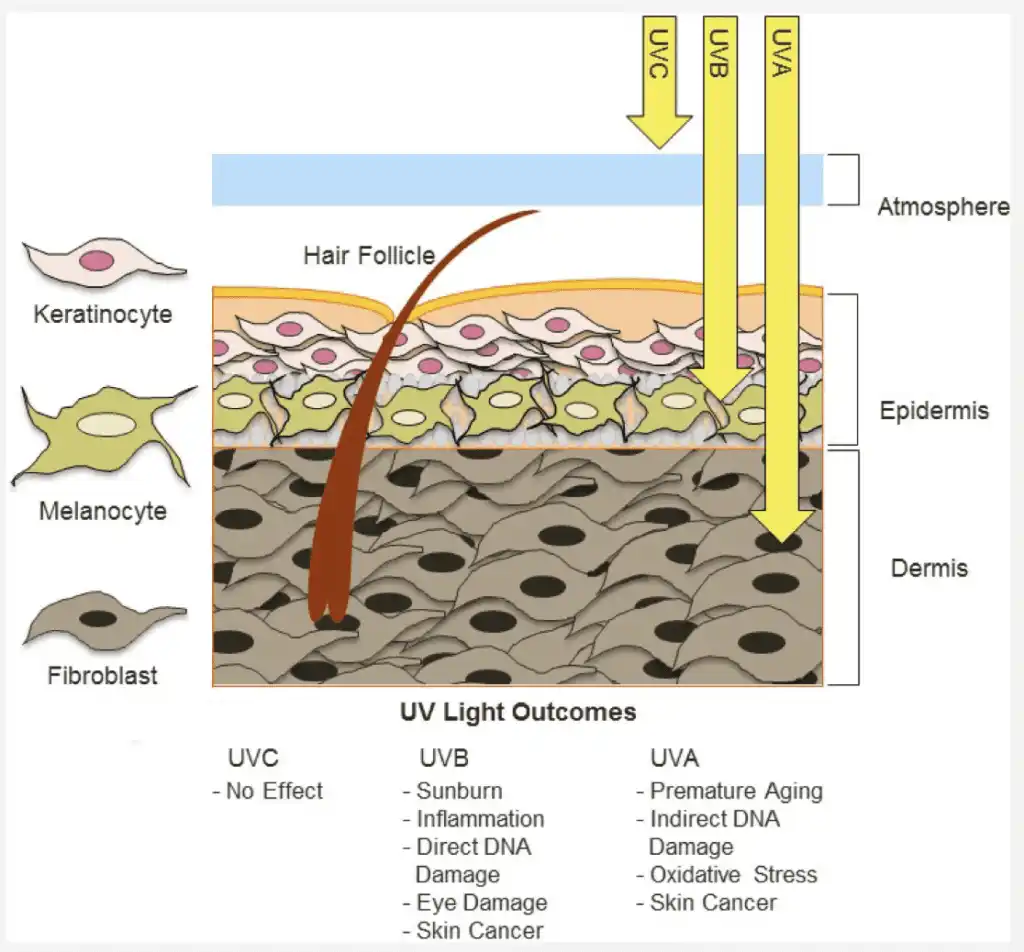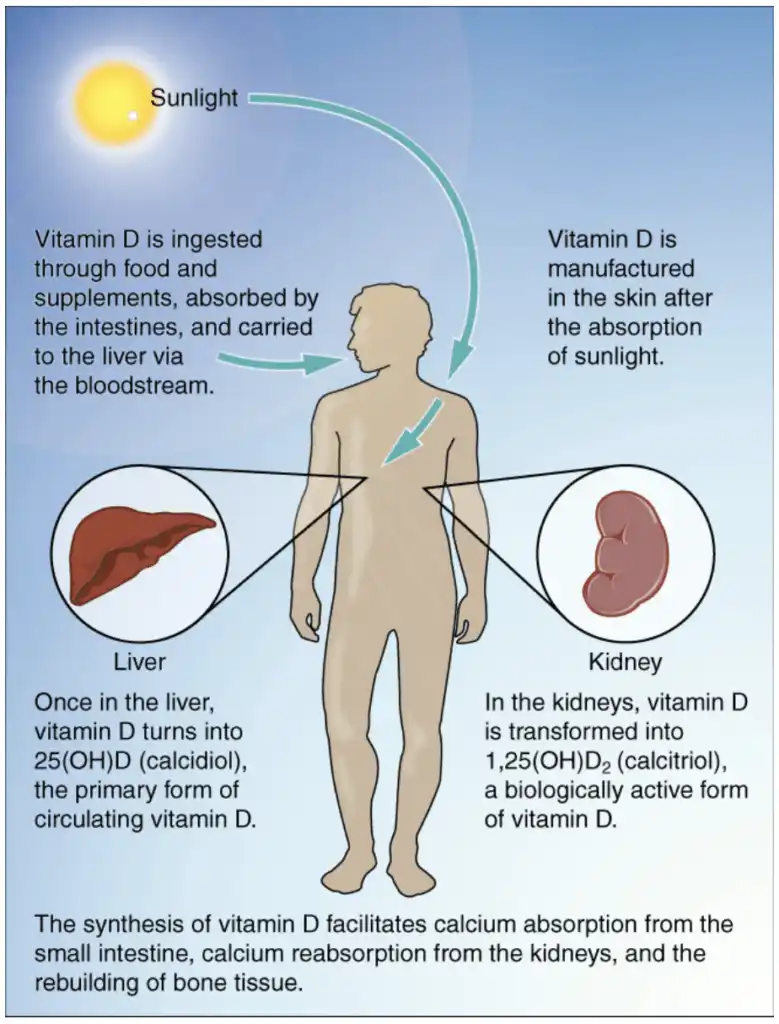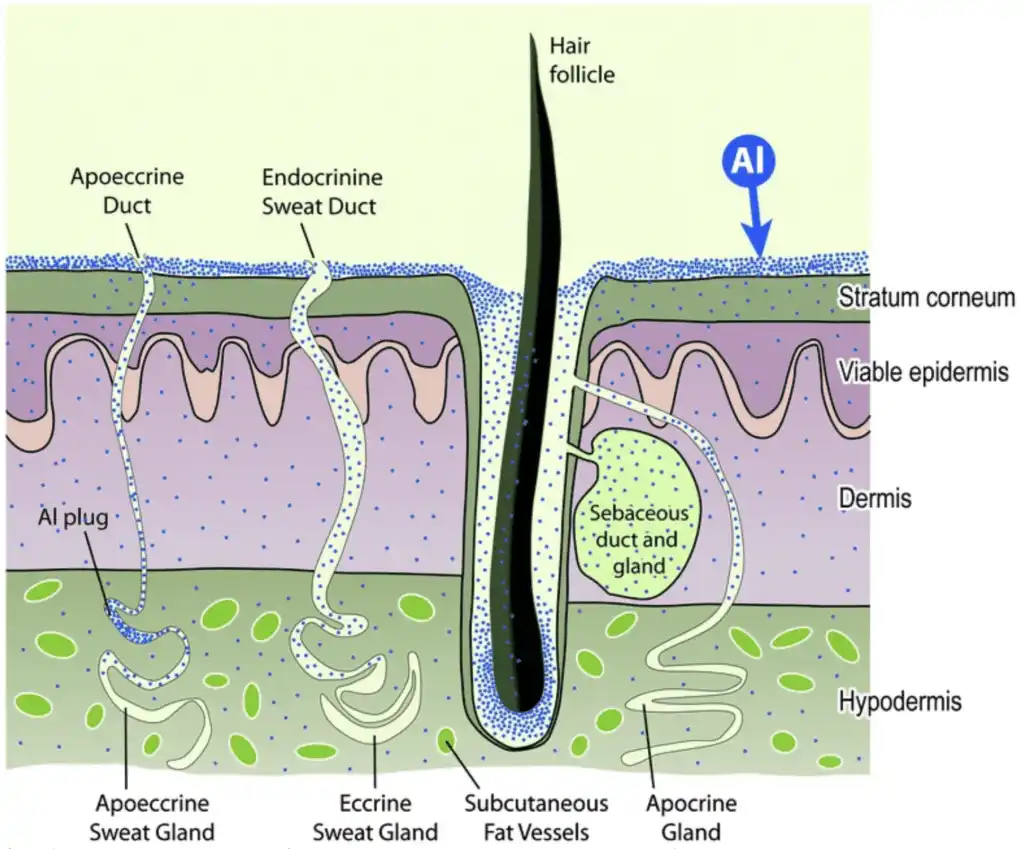Introduction
As the body’s largest organ, the skin plays a crucial role in protecting our internal systems from external harm. Often taken for granted, its multifaceted functions are key to maintaining overall health and well-being. In this article, we will explore the remarkable functions of the skin and highlight the importance of proper skincare practices.
I. Mechanical/Chemical Damage
The skin acts as a resilient barrier against mechanical and chemical damage. Keratin, a fibrous protein found in the epidermis, provides structural strength and toughness to the skin cells, making them more resistant to abrasions and external pressures. Additionally, fat cells beneath the skin’s surface act as natural shock absorbers, cushioning the body against blows and impacts. Pressure receptors within the skin enable us to sense potential damage, signalling the need for protective responses.
II. Bacterial Damage
Our skin possesses a natural defence mechanism against bacterial invasion. The slightly acidic nature of skin secretions creates an inhospitable environment for many harmful bacteria, limiting their growth and reducing the risk of infections. This acid mantle, comprised of sweat and sebum, plays a crucial role in maintaining the skin’s health and integrity.
III. Ultraviolet Radiation

One of the skin’s most vital functions is its ability to shield us from the harmful effects of ultraviolet (UV) radiation. Melanocytes, specialised cells within the epidermis, produce the pigment melanin. When exposed to UV radiation, melanin production increases, forming a protective barrier that absorbs and disperses the harmful rays. This defence mechanism helps prevent sunburns, skin cancer, and premature ageing.
IV. Thermal Control
Efficient temperature regulation is another crucial role of the skin. Blood vessels near the skin’s surface can dilate or constrict to regulate blood flow and heat exchange. When our body temperature rises, these vessels dilate, allowing increased blood flow and promoting heat dissipation through the skin’s surface. Conversely, during cold temperatures, the vessels constrict, minimising heat loss and conserving warmth.
V. Waterproofing
The skin’s outermost layer, known as the stratum corneum, contains lipids that act as a natural waterproofing agent. These lipids prevent excessive evaporation of water from the skin, helping to maintain its hydration and preventing dryness. Adequate hydration is essential for the skin’s health and its ability to carry out its protective functions effectively.
VI. Excretion of Waste
Through sweat glands, the skin plays a vital role in waste elimination. Sweat carries waste products like urea and uric acid, providing an avenue for their excretion from the body. Additionally, sweating helps regulate body temperature by cooling the skin through the process of evaporation.
VII. Vitamin D Production

Our skin possesses a remarkable ability to produce vitamin D when exposed to sunlight. Cholesterol molecules present in the skin undergo a transformation triggered by UVB radiation, resulting in the synthesis of vitamin D. This essential vitamin plays a pivotal role in bone health, immune function, and overall well-being.
VIII. Sensation
The skin is a sensory powerhouse, housing specialised nerve endings that detect various sensations. Warmth, coldness, touch, and pain are all sensations relayed to the brain through these nerve endings. This intricate network enables us to perceive our surroundings and respond to stimuli effectively.
IX. Absorption

The skin is not only a protective barrier but also a gateway for absorption. Certain vitamins and creams can be absorbed through hair follicles and sebaceous glands, allowing for localised treatments and nourishment. This property emphasises the importance of using high-quality skincare products that are specifically formulated to benefit the skin.
X. Secretion
Sebum, awaxy substance produced by sebaceous glands, serves multiple purposes. It helps waterproof the skin, keeping it moisturised and supple. Additionally, sebum has mildly acidic properties, acting as a natural defence mechanism against germs and maintaining the skin’s pH balance.
Conclusion
The skin’s functions are nothing short of extraordinary. From protecting against mechanical and chemical damage to regulating temperature, absorbing nutrients, and excreting waste, the skin is a remarkable organ that deserves our attention and care. By understanding and appreciating its functions, we can take proactive steps to maintain skin health, embrace proper skincare practices, and safeguard our overall well-being. So, let’s embrace the marvels of our skin and nurture it with the care it deserves.
https://www.youtube.com/channel/UCwivHo24VuhS0Lj54pzGScA
https://www.facebook.com/profile.php?id=100093483188011
Q&A
Why is the skin considered crucial for overall health and well-being?
The skin is the body’s largest organ and serves multiple vital functions, including protection against external harm, temperature regulation, waste excretion, and vitamin D production, all of which are essential for maintaining overall health and well-being.
How does the skin protect against mechanical and chemical damage?
The skin uses keratin, a strong fibrous protein in the epidermis, to resist abrasions and pressures. Fat cells beneath the skin act as shock absorbers, while pressure receptors detect potential damage and trigger protective responses.
What mechanism does the skin use to defend against bacterial damage?
The skin’s slightly acidic secretions form an acid mantle, creating an inhospitable environment for harmful bacteria, thereby limiting their growth and reducing the risk of infections.
How does the skin protect against ultraviolet (UV) radiation?
The skin produces melanin through melanocytes in the epidermis when exposed to UV radiation. Melanin forms a protective barrier that absorbs and disperses harmful UV rays, preventing sunburns, skin cancer, and premature aging.
What role does the skin play in regulating body temperature?
The skin regulates body temperature by dilating or constricting blood vessels near its surface to control blood flow and heat exchange, helping to dissipate heat when the body is warm and conserve heat when it is cold.
How does the skin function as a waterproof barrier?
The outer layer of the skin, the stratum corneum, contains lipids that prevent excessive water loss, keeping the skin hydrated and maintaining its protective functions.

